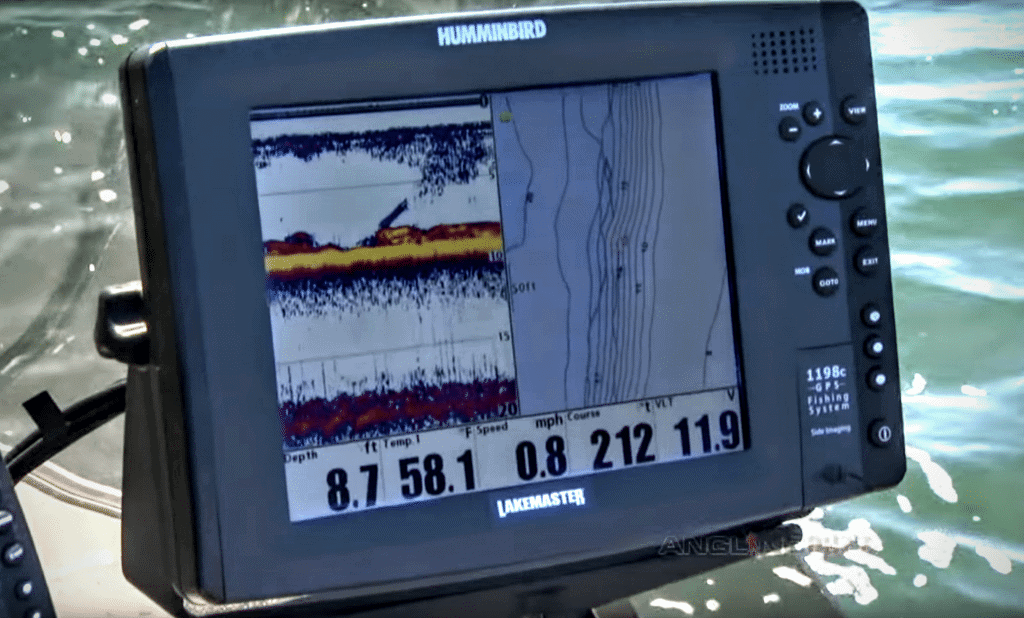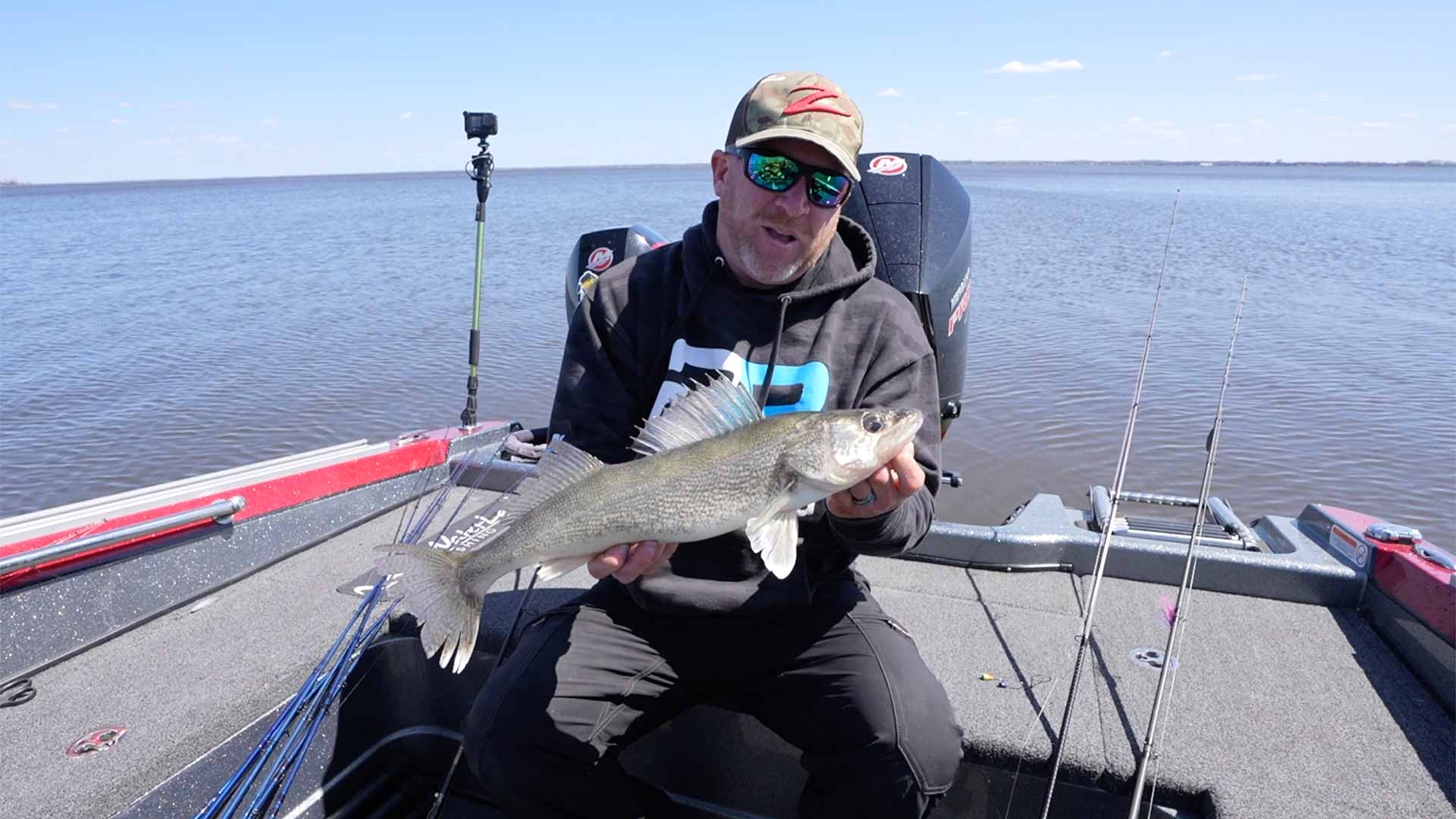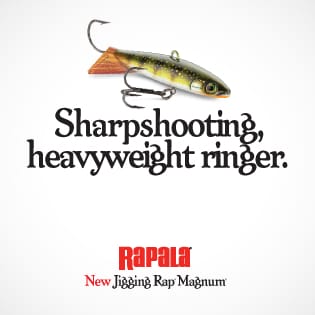Come walleye opener, Minnesota anglers have their choice at some of the finest walleye fishing lakes in North America.
Lakes like Mille Lacs, Leech Lake, Lake Winnibigoshish (Winnie), Cass Lake, Red Lake, Lake of the Woods, Rainy Lake, Lake Vermilion and others. These are all big giant lakes that have a lot of walleye, and people come up in droves for the annual spring walleye opener.
Don’t forget about some of the mid-sized lakes. Gull Lake near Brainerd is a popular destination, as are Ottertail, Big Pine, Lake Bemidji and others. These are all darn good walleye lakes that still get a ton of traffic despite getting less publicity.
It seems like year-to-year folks have varying success on walleye opener. Al Lindner has theory on this topic. Maybe it’s less about “bad fishing conditions” and more about dialing in your location. Here’s his two cents:
“I was reading the paper this weekend and the reports generally were that fishing was really bad on walleye opener. The post spawn bite was on, the fish haven’t recuperated yet, the water needs to warm up before the fish will start to bite, etc. The reports were generally pretty tough on most of the lakes listed above. Yet, I know three guys on three different lakes who had plenty of success on walleye opener despite the doom-and-gloom reports.
“One of my close friends that guides out of Grand Rapids was up on Leech Lake where there were might have been as many as one thousand boats on walleye opener. Everyone talked about how the fishing was terrible, but my friend had plenty of success. One of the guys we work with was on Gull Lake in my hometown of Brainerd, and he whacked them pretty good, yet most of the reports we heard from Gull were extremely negative. ‘We need to wait another week or so for the water to warm up before we can start whacking the walleyes,’ they would say. And then I have a friend who came over to fish Mille Lacs Lake and in the middle of the day, he beat up on the fish really, really good. The rumors on Mille Lacs were that the daytime bite was really tough and that you needed to wait for evening bite to go corking or pull Rapalas to catch walleyes.
“Well, these three guys on three different lakes did extremely well, better than almost anyone on the lake, and they were all doing the same thing: they were jigging. Now one of them was jigging with livebait, the other two were jigging with soft baits. But what all three of them had in common was they were fishing shallow, anywhere from 6 to 10 feet of water. The vast majority of all the other anglers were fishing 10 feet and deeper.
“On fisheries that have stained and dark water, you can even catch walleye way up in two feet of water around walleye opener time.”
It’s a fairly simple equation on most of these lakes. The perch usually spawn up on the flats sometime before walleye opener and the shiners are in the process of moving up onto the flats to spawn, as well. The walleyes are simply up on the “food shelf” chasing the available forage.

Not all walleyes are doing the same thing at the same time in a given lake. While you might find some fish out in deeper water, there’s a strong population of fish from the first break and shallower. In some lakes, that first drop-off might be in 4-6 feet. On a bigger, clearer, deeper lake, that first edge might be about 10-12 feet.
Many of the lakes Al Lindner likes to fish will break off around 8 feet and come walleye opener, the majority of the fish will be on that break or shallower.
That’s not to say you can’t fish deeper water this time of year and have success dragging leeches, crawlers or minnows in traditional 20+ foot walleye spots, but the biggest overlooked pods of fish can be found fishing up on these shallow flats.
Al Lindner believes they are the highest population of fish in the lake.










